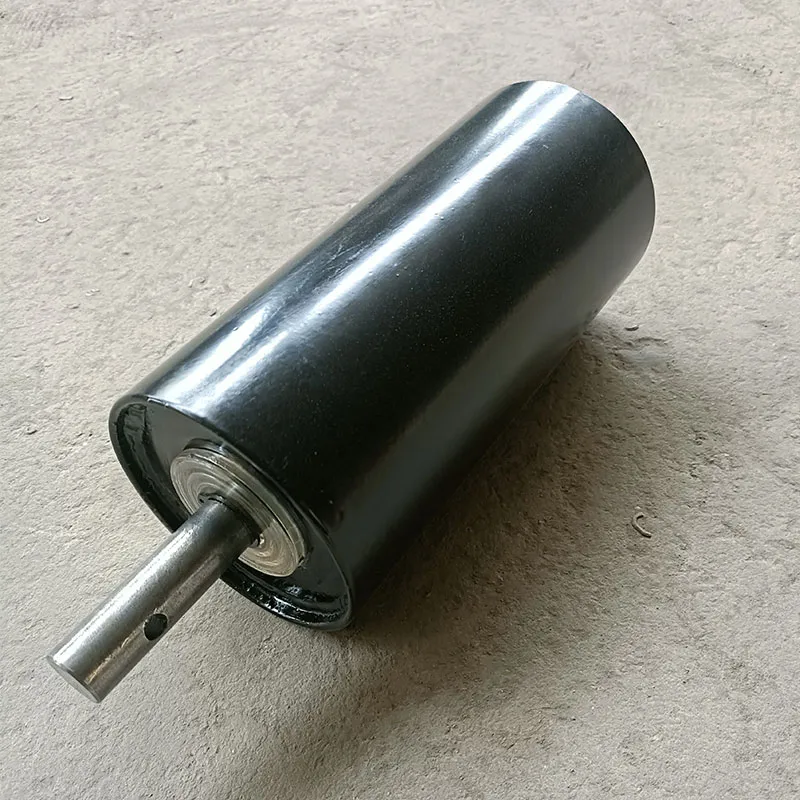 Afrikaans
Afrikaans  Albanian
Albanian  Amharic
Amharic  Arabic
Arabic  Armenian
Armenian  Azerbaijani
Azerbaijani  Basque
Basque  Belarusian
Belarusian  Bengali
Bengali  Bosnian
Bosnian  Bulgarian
Bulgarian  Catalan
Catalan  Cebuano
Cebuano  Corsican
Corsican  Croatian
Croatian  Czech
Czech  Danish
Danish  Dutch
Dutch  Igilisi
Igilisi  Esperanto
Esperanto  Estonian
Estonian  Finnish
Finnish  French
French  Frisian
Frisian  Galician
Galician  Georgian
Georgian  German
German  Greek
Greek  Gujarati
Gujarati  Haitian Creole
Haitian Creole  hausa
hausa  hawaiian
hawaiian  Hebrew
Hebrew  Hindi
Hindi  Miao
Miao  Hungarian
Hungarian  Icelandic
Icelandic  igbo
igbo  Indonesian
Indonesian  irish
irish  Italian
Italian  Japanese
Japanese  Javanese
Javanese  Kannada
Kannada  kazakh
kazakh  Khmer
Khmer  Rwandese
Rwandese  Korean
Korean  Kurdish
Kurdish  Kyrgyz
Kyrgyz  Lao
Lao  Latin
Latin  Latvian
Latvian  Lithuanian
Lithuanian  Luxembourgish
Luxembourgish  Macedonian
Macedonian  Malgashi
Malgashi  Malay
Malay  Malayalam
Malayalam  Maltese
Maltese  Maori
Maori  Marathi
Marathi  Mongolian
Mongolian  Myanmar
Myanmar  Nepali
Nepali  Norwegian
Norwegian  Norwegian
Norwegian  Occitan
Occitan  Pashto
Pashto  Persian
Persian  Polish
Polish  Portuguese
Portuguese  Punjabi
Punjabi  Romanian
Romanian  Russian
Russian  Samoan
Samoan  Scottish Gaelic
Scottish Gaelic  Serbian
Serbian  Sesotho
Sesotho  Shona
Shona  Sindhi
Sindhi  Sinhala
Sinhala  Slovak
Slovak  Slovenian
Slovenian  Somali
Somali  Spanish
Spanish  Sundanese
Sundanese  Swahili
Swahili  Swedish
Swedish  Tagalog
Tagalog  Tajik
Tajik  Tamil
Tamil  Tatar
Tatar  Telugu
Telugu  Thai
Thai  Turkish
Turkish  Turkmen
Turkmen  Ukrainian
Ukrainian  Urdu
Urdu  Uighur
Uighur  Uzbek
Uzbek  Vietnamese
Vietnamese  Welsh
Welsh  Bantu
Bantu  Yiddish
Yiddish  Yoruba
Yoruba  Zulu
Zulu Maximizing Conveyor System Performance with Rollers and Idlers
In material handling and conveyor systems, rollers and idlers are integral components that facilitate the smooth operation and efficiency of conveyor belts. These components work together to ensure the seamless movement of goods and materials across various industries. This article explores the crucial role of rollers and idlers in conveyor systems, highlights the importance of investing in high-quality components, and provides valuable maintenance best practices to extend their lifespan.

The Essential Role of Rollers and Idlers in Belt Conveyor Operations
Rollers and idlers serve as the supporting structure for conveyor belts, allowing them to rotate and transport bulk materials effectively. Idlers are typically mounted on a frame and rotate to drive the belt's movement, while idlers provide support and guidance for the belt without driving it. The proper functioning of rollers and idlers is vital for maintaining belt tension, alignment, and reducing friction, which ultimately enhances the overall performance and efficiency of the conveyor system.
Investing in High-Quality Rollers and Idlers for Enhanced System Reliability
To ensure reliable and efficient conveyor belt operations, it is crucial to invest in high-quality rollers and idlers. Premium components are designed with durable materials, such as high-grade steel , to withstand heavy loads and harsh conditions. Factors to consider when selecting rollers and idlers include load capacity, diameter, material, and lubrication requirements. High-quality components reduce belt slippage, vibrations, and unnecessary wear, leading to improved system reliability and reduced downtime.
Maintenance Best Practices to Extend the Lifespan of Rollers and Idlers
Regular maintenance of rollers and idlers is essential for extending their lifespan and ensuring the optimal performance of the conveyor system. Routine checks should include inspecting for signs of wear, damage, or misalignment. Cleaning, lubrication, and replacement of worn-out components should be performed as needed to maintain optimal performance. It is also crucial to monitor belt tension and alignment regularly to prevent unnecessary strain on the rollers and idlers.
Rollers and idlers are critical components in conveyor systems, facilitating the smooth movement and efficient transportation of goods and materials. By investing in high-quality rollers and idlers and prioritizing regular maintenance, businesses can achieve enhanced system reliability, reduced downtime, and extended component lifespan. Proper selection and maintenance of these components are essential for maximizing conveyor system performance and ensuring seamless material handling operations.
-
Revolutionizing Conveyor Reliability with Advanced Rubber Lagging PulleysTala FouJul.22,2025
-
Powering Precision and Durability with Expert Manufacturers of Conveyor ComponentsTala FouJul.22,2025
-
Optimizing Conveyor Systems with Advanced Conveyor AccessoriesTala FouJul.22,2025
-
Maximize Conveyor Efficiency with Quality Conveyor Idler PulleysTala FouJul.22,2025
-
Future-Proof Your Conveyor System with High-Performance Polyurethane RollerTala FouJul.22,2025
-
Driving Efficiency Forward with Quality Idlers and RollersTala FouJul.22,2025





























